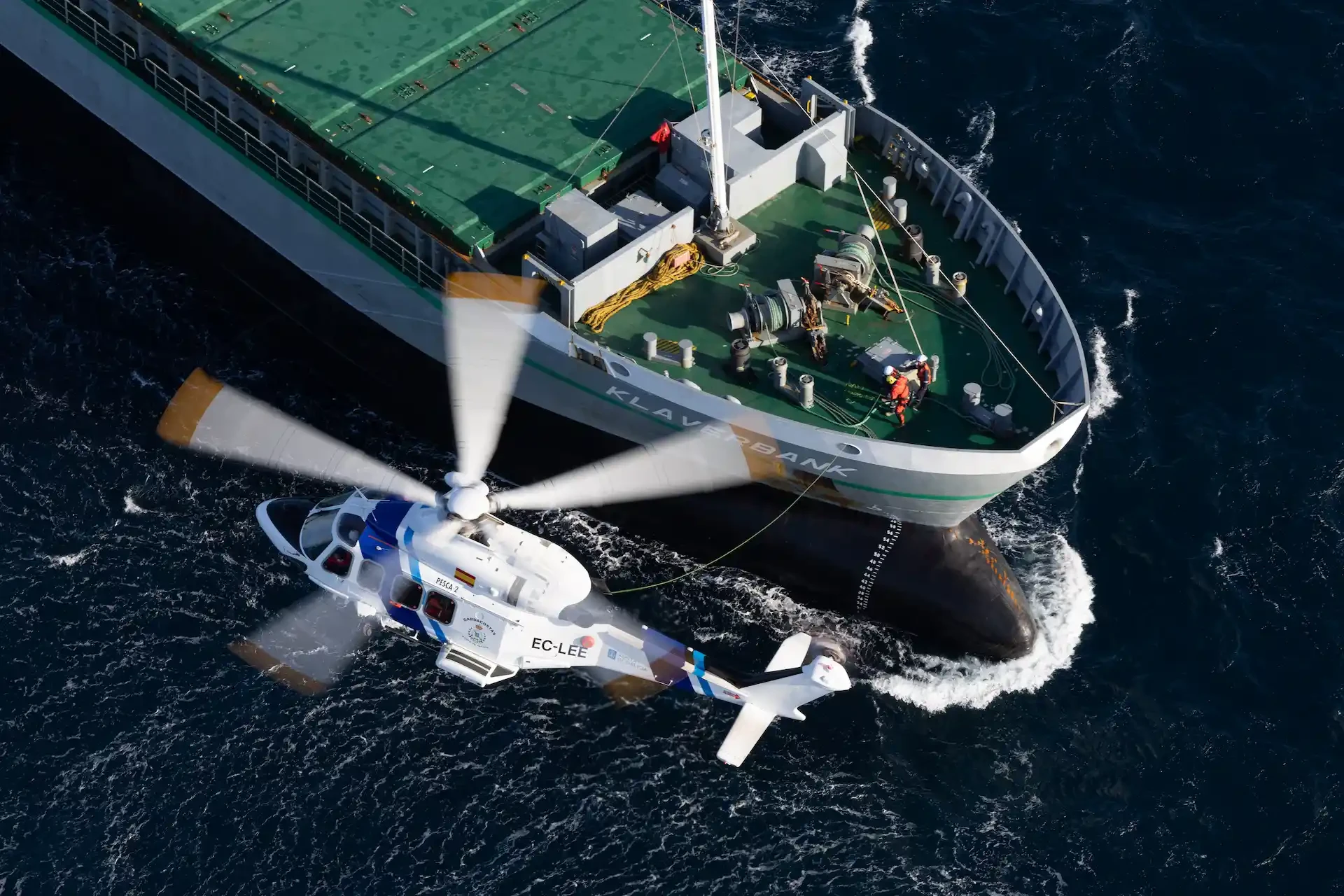Leonardo’s mid-size twin-engine AW139 is well suited to the search and rescue role. Avincis has recently put the type into full-time
SAR service in Galicia, where it will replace the Sikorsky S76s that have served in the role since 2005.
A Corner of Spain
The autonomous community of Galicia sits at the north-western corner of Spain, with the Atlantic Ocean to the west and Cantabrian Sea to the north. Its location makes maritime search and rescue (SAR) a necessity and helicopter SAR operations first commenced in 1990, as long-time SAR pilot Paco Guerrero explained. “Civil search and rescue first started in 1990 with a Bell 212, coping with all-weather SAR, at the same time as the Spanish government started running its SASEMAR maritime search and rescue service with the S-61 helicopter,” he said. “Then we moved to the Dauphin N2, with a three-axis flight director but still no auto-hover, and the S76 came into service with us in 2005.”
Avincis, Europe’s largest provider of aerial emergency medical services, flies SAR helicopters from two Galician bases; ‘Pesca-2’ operating from a helipad at Viveiro, near the port of Cillero and ‘Pesca-1’ operating from Vigo. Both bases operate 24/7, 365 days a year, working back-to-back twelve-hour shifts beginning at 10 a.m. and 10 p.m. The staff roster at the Viveiro base runs nine hoist operators and rescue swimmers and nine pilots, with a standard aircraft crew of two pilots, a winch crewman and a rescue swimmer.
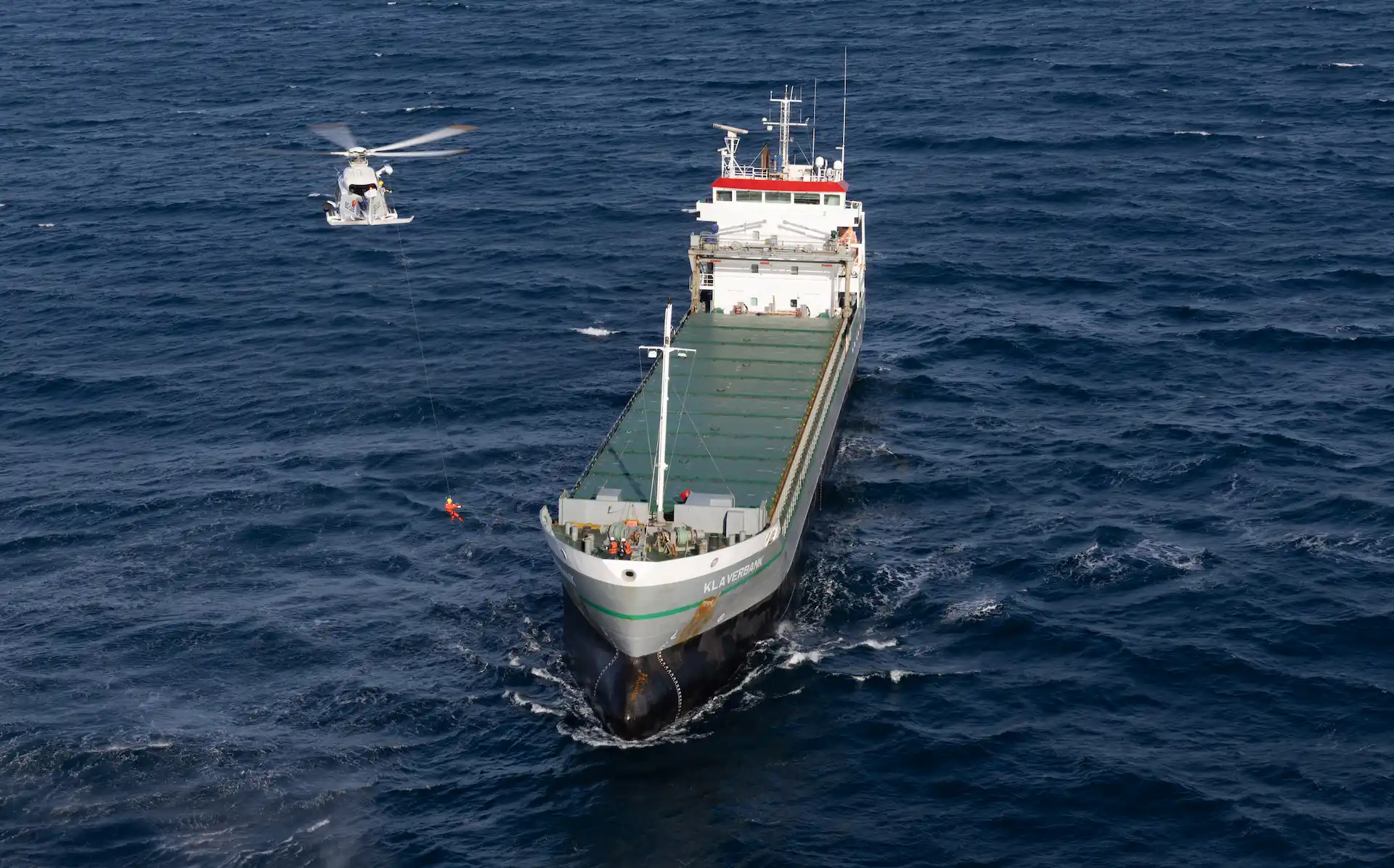
Guerrero boasts almost thirty years of experience in a variety of aircraft types and now flies the AW139 for Avincis. He described the Dauphin as a very fast and reliable helicopter and said that all pilots who flew it considered it to be excellent in the role. “Then, in 2005, we progressed to the Sikorsky S76, the first type with a four-axis autopilot and auto-hover.” The AW139 first entered SAR service in Galicia about five years ago, but only as a back-up to the S76s when they were down for maintenance or AOG situations, and pilots have been progressively type-rated onto the Leonardo type. When Avincis renewed its Galician contract in 2023 for another four years, the AW139 was selected to replace the S76 as the permanent SAR aircraft. “It was time to upgrade the technology,” according to pilot Carlos Ferreira. “The S76 is a 1990s design so is quite old technology and it was time to upgrade to the latest technology, especially the auto-hover, so Avincis invested in new AW139 models.”
New Technology
Ferreira explained that the S76’s auto-hover function utilizes doppler radar returns from the ground for reference, whereas the newer AW139 uses GPS signals that are not ground-dependent. Ground-based reference can be problematic at sea, especially in bad weather. Not only does the local average winter wave height of three and a half meters create a fluctuating height reference; currents, wave movements and tides make stationary positioning challenging at best, especially when they differ from the relative movement of a target vessel. Guerrero added, “The AW139 is much better than the S76, especially at night. Over a small boat in darkness the S76 pilot has to manually control the hover with virtually no visual reference, and it is a huge workload, but in the AW139 the auto-hover does a lot of that work. That means the 139 is a lot safer and we can also go a lot further in it than in the S76.”
Feeling the Love
He noted that the AW139 is one of the best helicopter types currently available for search and rescue. “There may be other brand-new types that are as good or better, but there are not yet enough of them in SAR service to have proved that.” “The 139 is well proven and there are a lot of experienced instructors and SAR pilots within Avincis.”
Avincis type transitions follow a strict and consistent regimen. Pilot transition to the AW139 involves initial SAR mission training specific to the type, followed by a minimum of ten missions under the oversight of a senior captain before the newly transitioning pilot undergoes a check-ride. Currency requirements for SAR operations are also quite stringent and the 90-day minimum for various maneuvers and tasks necessitates regular and frequent training flights to keep all crewmembers fully qualified and competent at all facets of their respective jobs.
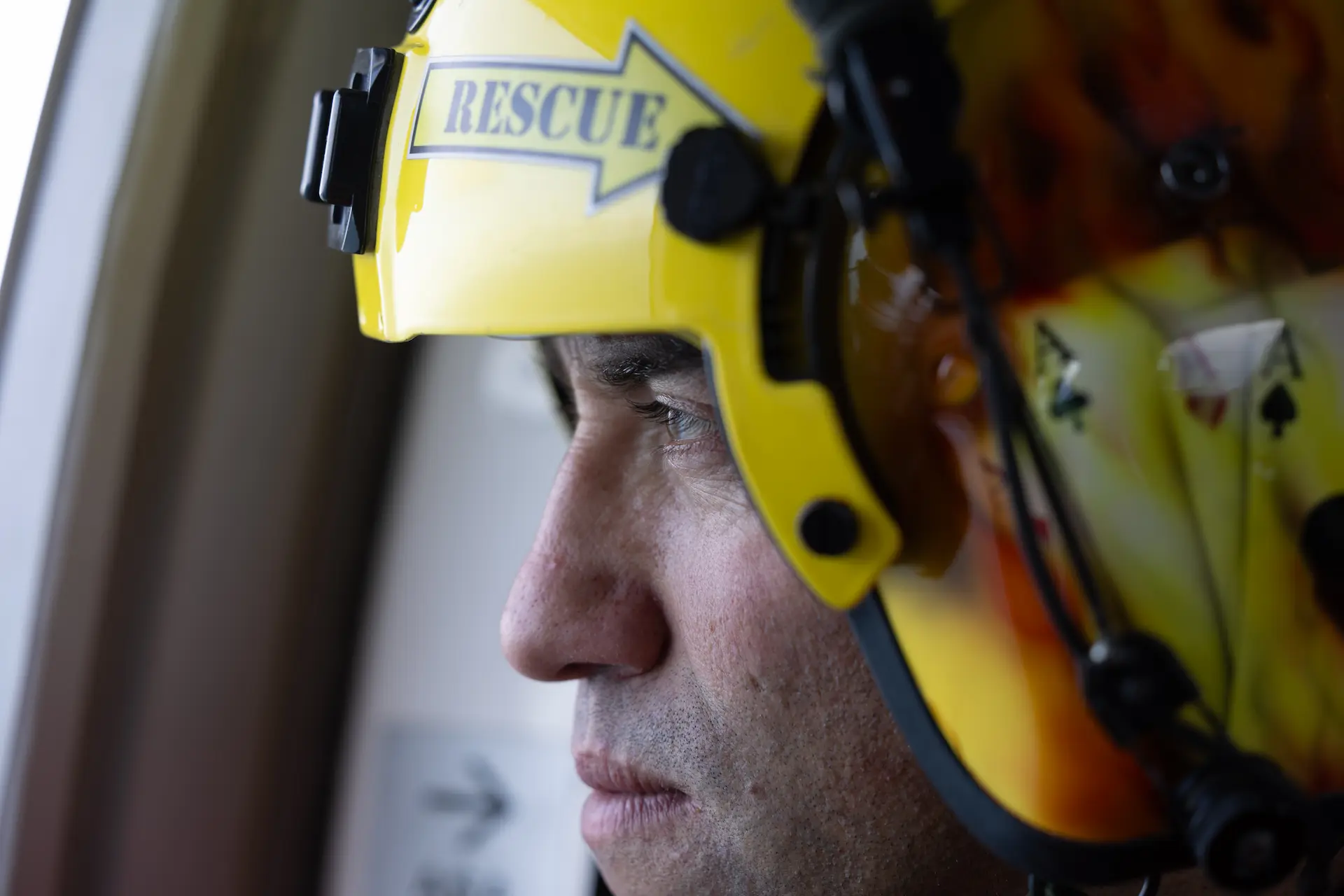
The first AW139 to enter full-time SAR service was ‘Pesca-2’ at Viveiro, late in 2023 and Ferreira explained that the more demanding operational conditions encountered at the confined-area heliport made it a natural choice of base for the first of the higher-performance AW139s. ‘Pesca-1’s’ airfield base at Vigo is not as demanding of ultimate performance and so that base will be receiving its AW139 after Viveiro. “We try to operate in the safest way possible and we want that helicopter with its real cat-A performance for heliport takeoffs, so it’s a good decision to put the first one here. With helipad takeoffs you reach performance limitations sooner than with an airfield takeoff,” he stated. “A medium helicopter is the best choice for SAR, because a larger machine is a waste when most of the time, we are only rescuing one or two people. Especially in Galicia here because, if we have to rescue a large number of people, we can easily get more SAR helicopters from this area.”
Guerrero praises the 139 as a platform for the SAR mission. “I’ve been flying in this area quite a long while and it’s the best choice available. The equipment, power avionics, ergonomics, and roominess are all superb and the autohover system is very stable.” He advised that the current example is an interim measure until the base’s brand-new aircraft is completed and delivered within the next month or two. “This aircraft has a general-purpose cabin layout but our new machine will be fully equipped with rescue equipment in a dedicated SAR layout. It will have dual searchlights and a new, faster hoist, and I believe it will be the perfect aircraft for our needs.” Winchman Guillermo Masson observed that the rear cabin of the 139 is both bigger and better than that of the S76. “In the 139, the stretcher fits in perfectly and there is definitely more room to work but we always do the best we can with the equipment we have,” he said. The crew quipped that they are all skilled at Tetris so they can fit more in the aircraft, and Guerrero related fitting nine rescued Galicians in the back of an N2 on one occasion.
All at Sea
Maritime traffic around Galicia is heavy with an extensive fishing industry and Guerrero pointed out that all ships travelling to north Europe and Africa also pass through the Galician area of SAR coverage. National agency SASEMAR provides SAR helicopter service because SAR is a responsibility of the national Spanish government, but the Galician regional government elected to establish its own parallel SAR service in recognition of heavy locally-based maritime traffic. “Because of the traffic density, there are now four helicopters in Galicia dedicated to maritime SAR operations. Two are SASEMAR and two are Galician, and we share all operations between the four machines due to an agreement between the regional and national governments,” Guerrero said.
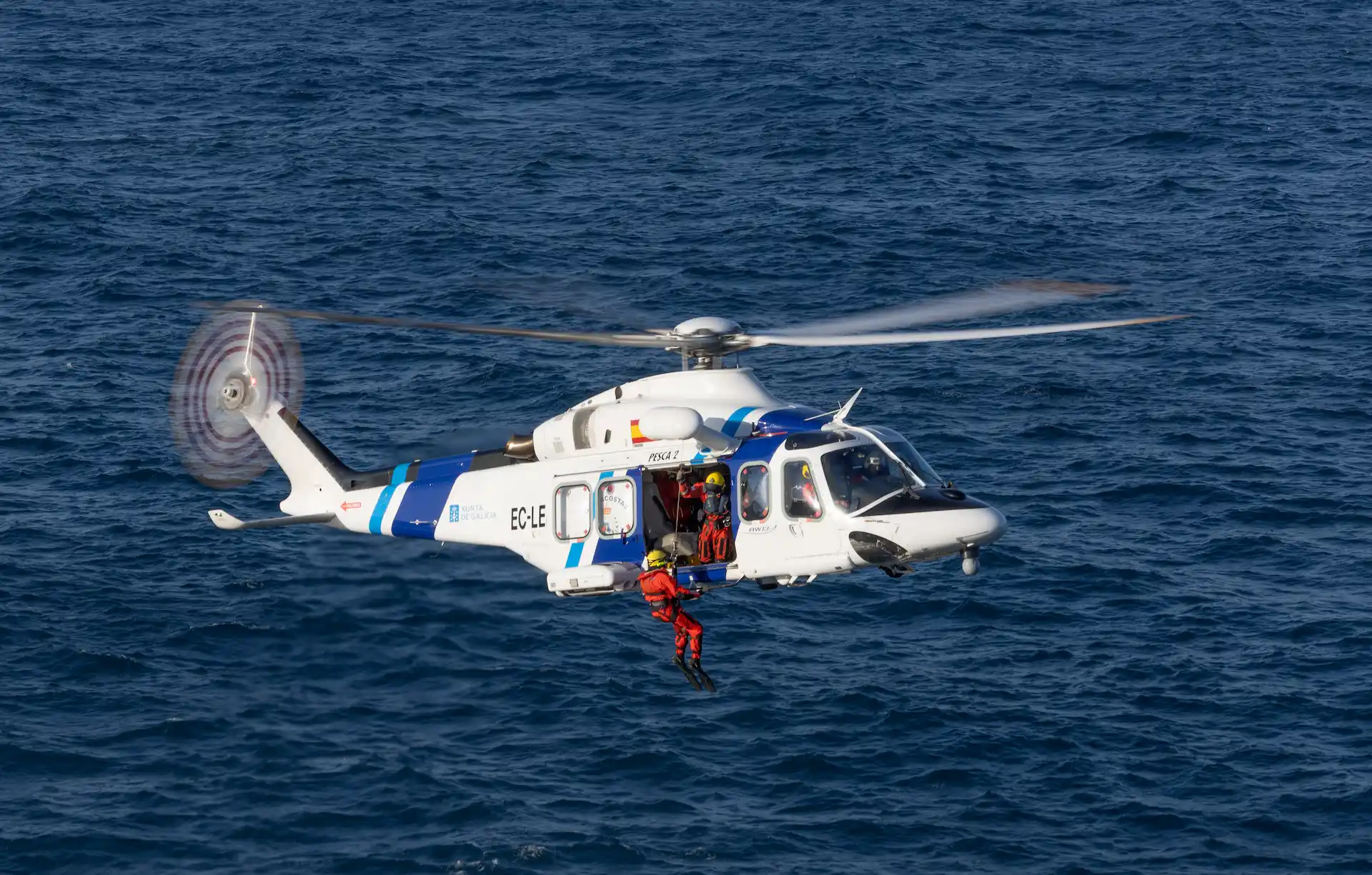
The majority of missions are conducted well within 100 miles of the coast, but occasionally much longer distances are necessary, and Guerrero has carried out a mission in the Dauphin that took him more than 200 miles offshore, with an alternate in England instead of back in Spain. The Galician machines also carry out SAR services on land, accounting for around thirty percent of the Viveiro workload. As is usual at any SAR base, the crew do as much as they can at the start of each shift so they are prepared for callouts. The aircraft is not fully fueled, however, as a balance is necessary between power and endurance. Guerrero elaborated, “We have to have enough power available to be able to conduct a hoist close to our base, but also carry enough fuel to go seventy or eighty miles offshore for a rescue.” This compromise allows dispatch within the specified ten-minute response time for almost all missions and Ferreira added that if a longer-distance mission eventuated, there was usually sufficient time available to add the necessary fuel.
Summer calls can often involve recreational water activities or people stuck on coastal cliffs or rocks and those calls are the most prevalent, while winter operations tend to be limited predominantly to medical transfers and rescues from commercial fishing or shipping operations. Weather conditions in winter can be extremely hazardous, with waves and swells of ten or twelve meters, winds of up to 150km/h (80kts), heavy rain and thunderstorms. Guerrero stated that a maximum windspeed of 50kts was permitted for starting up the helicopter for a mission but noted that conditions during flight could often be much more extreme. Nevertheless, very few flights are cancelled due to weather, as a delay in departing is usually sufficient to get a suitable weather window for the departure and mission.
The AW139 has a specified limit for hoisting but Guerrero commented that the real limitations are windspeeds that threaten to push the hoist’s tag-line up towards the aircraft’s tail or interfere with intercom transmission sufficiently to make communication difficult. He reported that there have even been occasions when the wind was so strong that the rescue swimmer could not progress forward in the sea, or even see the target location and he recounted starting up the Bell 212 years ago in 50kt winds, with the mechanic holding onto the rotor blade to prevent it flapping while cranking up the first engine. Ferreira recalled, “The worst weather conditions that I can remember carrying out a rescue in were winds of 73-74kts while rescuing from a sailing vessel just off the rocks.”
Missions are dispatched and controlled from a search and rescue control center in Finisterre (Fisterra in Galician), that receives distress calls and chooses an aircraft to deploy after considering the distance involved, the urgency and the nature of the distress. Despite the heavy maritime traffic volumes, the long-term pattern is of a gradual, consistent decrease in the number of SAR missions and Guerrero explained that this is due in part to improved training for sea-going crews and more readily available, high-quality, accurate and frequently updated information, particularly meteorological data. Another factor is that most fishing boats now have insurance that pays out if they stay in port when the sea state exceeds six meters, so there is much less fishing conducted in the extreme weather that historically would have generated more distress situations.
No to NVG
Night missions are not conducted under NVGs (night vision goggles) and the pilots explained that technology, training and strict procedures make this possible.
“We can fly in darkness and IMC until we have to go visual near the target,” Guerrero commented. “We have to go visual by the time we are half a mile from the target but we have the technology to fly all the rest safely under IMC.” He explained that the automated departure and approach profiles for SAR flights, the AW139’s effective auto-hover and a stringent training regime that is always flown at night make the Galician SAR operations safe to operate without NVGs. “I’m lucky that I’ve become trained to fly with our procedures and am quite comfortable flying that way. Pilots that come from other operators and who always fly at night with goggles can struggle though because they have always been flying with visual reference. They have never had to fly under IMC because as soon as they put on the goggles, they have visual flight conditions so they don’t have to be as strict with their procedures as we are with ours. We have to be that strict because we can see nothing over the sea at night.” Avincis maintains consistency in its procedures as far as is practicable so, regardless of the aircraft type, procedures are unchanged except for unavoidable differences in the operation of the aircraft.
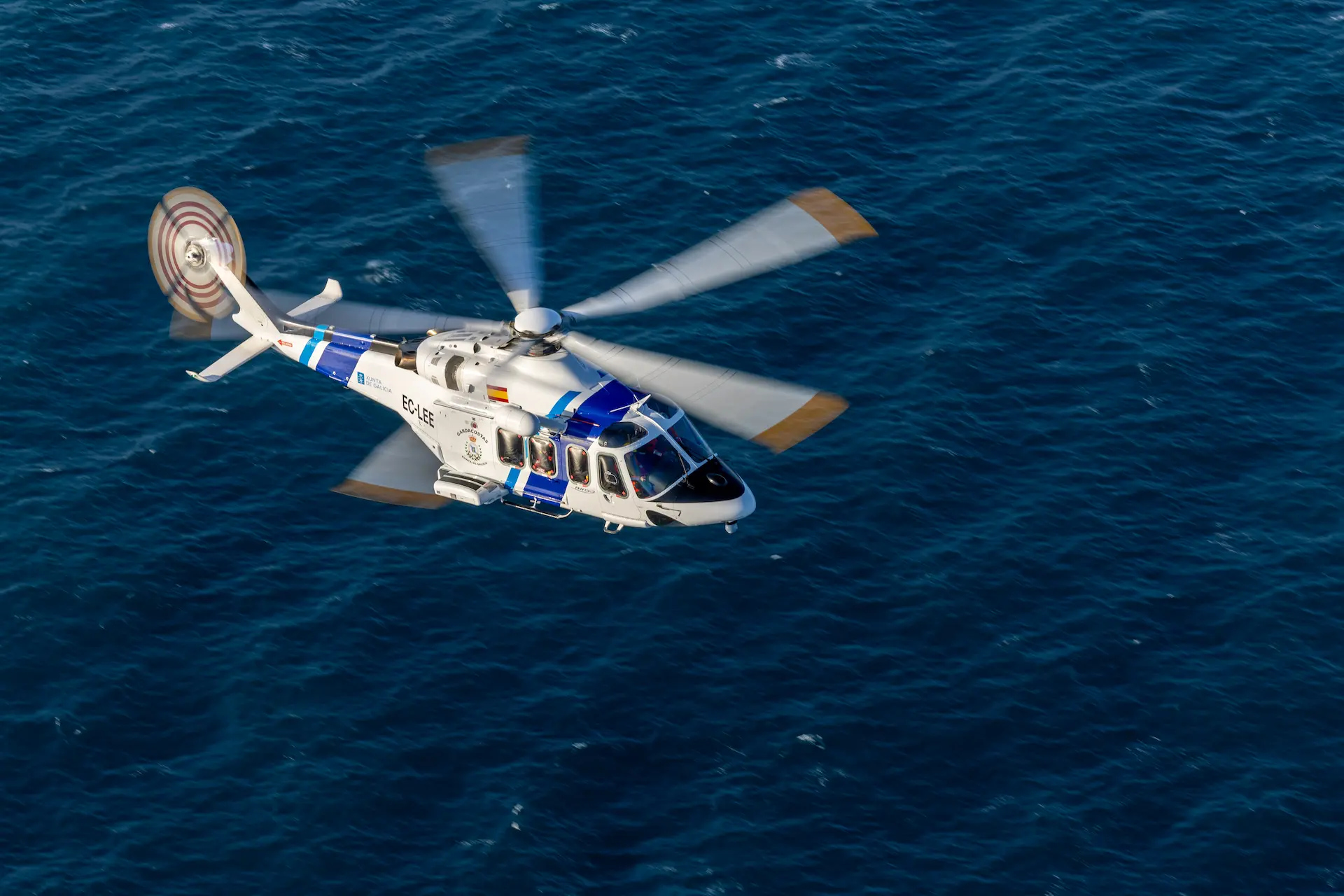
Regarding NVGs, Ferreira added, “I would like to have goggles as another aid, but we don’t actually need them. With our minimums of a half-mile and 150ft, and the target vessel on the radar we can get very close before going visual and completing the mission safely. Over a vessel at sea, it becomes almost a two-dimensional sight picture so the less light, the better for us. You can see more of the surroundings with a weak light because a strong light makes the surroundings look even darker.”
Caring
When talking to Eufemio Benitez, rescue swimmer with eleven years’ experience, it becomes clear that he chose the job because he has a great deal of empathy for victims of distress at sea. “There are people that need rescuing, and you don’t want them to feel unnecessary fear. They need you and that’s why I do this,” he remarked. At the sharp end of rescue missions at sea, Benitez acknowledged that good work by the pilots and winchman makes his job easier. The pilots added that each rescue is approached carefully, acknowledging that every distress scenario is unique and offers a multitude of variables and challenges. Time is therefore taken to accurately discuss and assess the complete situation and agree on a plan before commencing the rescue. “Then the rescue swimmer can go down knowing what he has to do and what is going on,” commented Guerrero.
There are inevitably rescue missions that are unsuccessful, for any of dozens of reasons and the crew all acknowledged that such occasions can be emotionally very difficult. Ferreira’s perspective is valuable as his career has included extensive EMS flying. With Avincis, a debrief after every SAR flight analyzes every aspect of the mission and any is subsequently analyzed by every member of the crew as a part of the CRM program. Ferreira stressed that it is crucial to remember that life-endangering situations are not a problem for the helicopter crew, but rather for the victim, and the crew’s focus must remain entirely on operating a safe and efficient mission.
The crewmembers spoken to were unanimous in saying how much they love the job, for varying reasons. Guerrero enjoys all the aspects of operating the aircraft over the sea and remarked that it is the most challenging operational environment for a helicopter pilot. “The requirements and limitations for every mission are different,” he observed. “You have to plan in advance how you will deliver the rescue swimmer in a hostile environment and how to pinpoint a vessel. You’re over water with no alternate landing possibilities and most of the time everything ends in a successful rescue. It’s a matter of trust between every member of the crew. We all know each other very well and we know that everyone can do exactly what they have to.” Benitez was a fireman before he became a rescue swimmer and he just wants to help people and be comfortable in an environment that is, for them, a relative hell. Winchman Masson gets his buzz from saving lives and also commented that flying at night is really good fun.
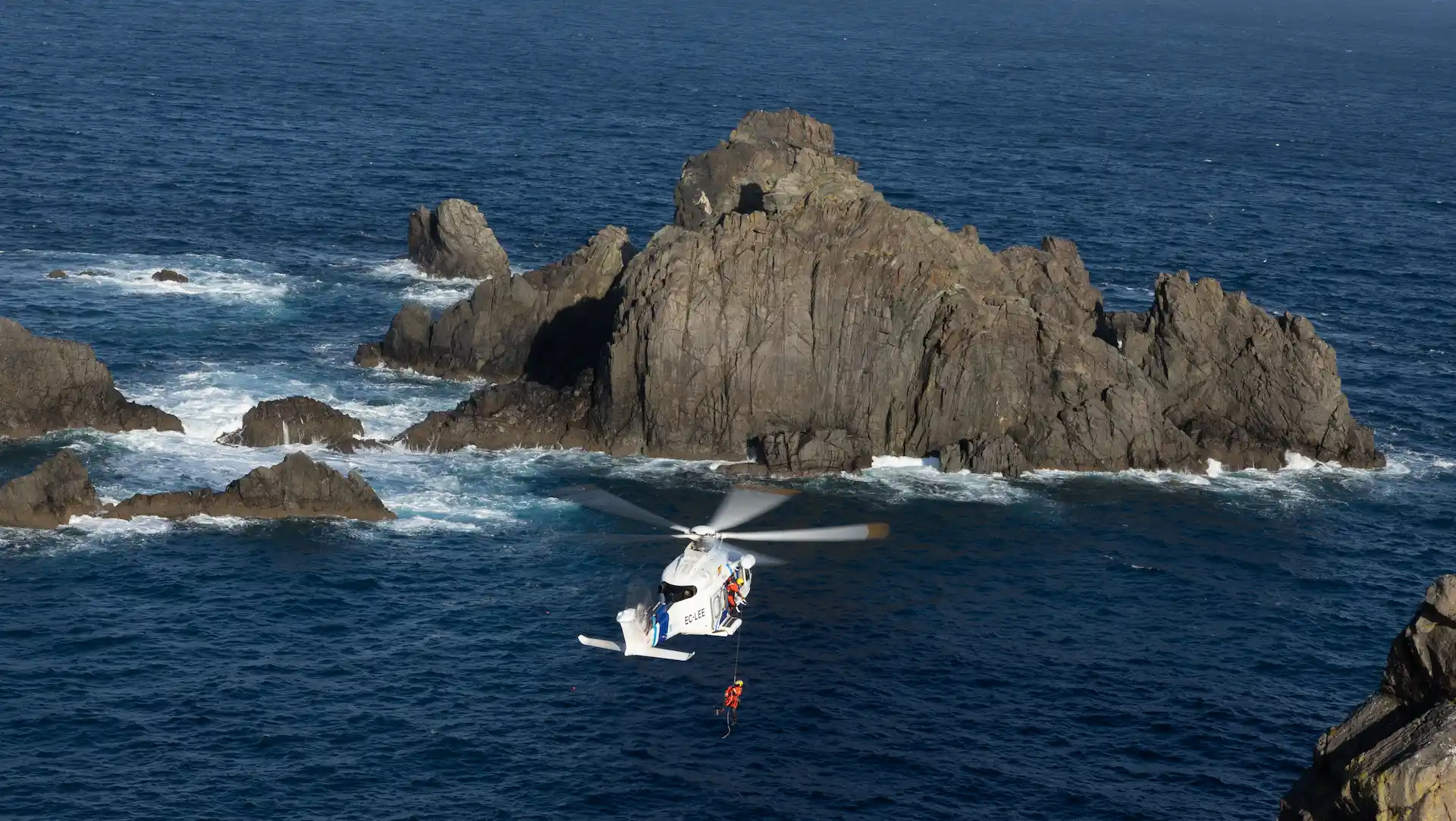
The Galician SAR operation has already provided an effective and safe service for over thirty years, with progressively more modern aircraft. The shift to the AW139 will therefore not make any great advances in effectiveness, however its new-generation technology will enable operation with significantly improved safety margins and reduced pilot workload. Comfort, available cabin space and range are all increased in the Leonardo machine and the crews appreciate all that it offers. Undoubtedly, all those that benefit from the rescue service it provides will appreciate it even more.
 HOME
HOME


